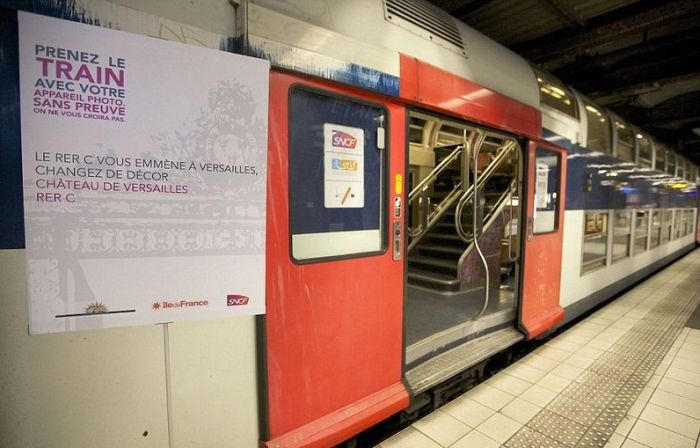|
|
Interior Of Paris - Versailles Train
|
History
The name of Versailles appears for the first time in a medieval document dated 1038. In the feudal system of medieval France, the lords of Versailles came directly under the king of France, with no intermediary overlords between them and the king; yet they were not very important lords. In the end of the 11th century, the village curled around a medieval castle and the Saint Julien church. Its farming activity and its location on the road from Paris to Dreux and Normandy brought prosperity to the village, culminating in the end of the 13th century, the so-called "century of Saint Louis", famous for the prosperity of northern France and the building of Gothic cathedrals. The 14th century brought the Black Plague and the Hundred Years' War, and with it death and destruction. At the end of the Hundred Years' War in the 15th century, the village started to recover, with a population of only 100 inhabitants.
In 1561, Martial de Loménie, secretary of state for finances under King Charles IX, became lord of Versailles. He obtained permission to establish four annual fairs and a weekly market on Thursdays. The population of Versailles was 500 inhabitants. Martial de Loménie was murdered during the St. Bartholomew's Day massacre (24 August 1572). In 1575, Albert de Gondi, a man from Florence who had come to France with Catherine de' Medici, bought the seigneury of Versailles.
|
|









